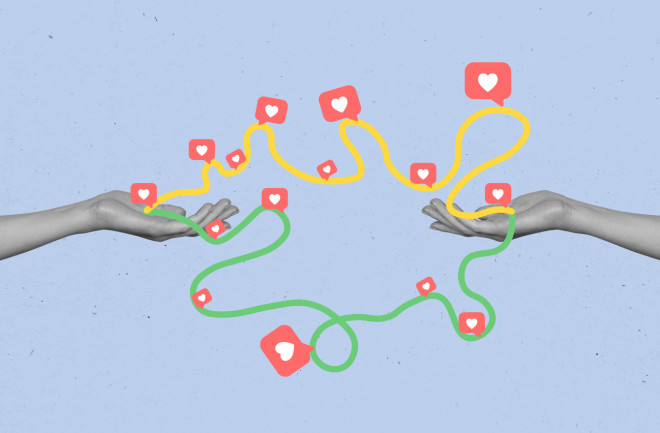From YouTube to Twitter and TikTok, much of our digital diet is dictated by social media algorithms, sets of rules that determine what content you see. The algorithms learn what makes us tick, then give us more and more (and more) of it.
At first glance, this may sound like a convenience.
Why wade through an endless morass of Facebook posts when a handy algorithm can simply present the ones it knows you’ll care about? Don’t we all want perfectly curated sequences of hedgehog memes to fall effortlessly into our laps?
But if you’ve ever come to your senses after hours of mindless scrolling, feeling as though you’ve awoken from a trance, you understand the pernicious side of algorithms. Granted, it’s nearly impossible to exist online without their interference — but you can make it harder for them to hijack your brain.

